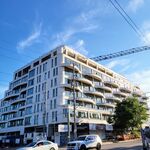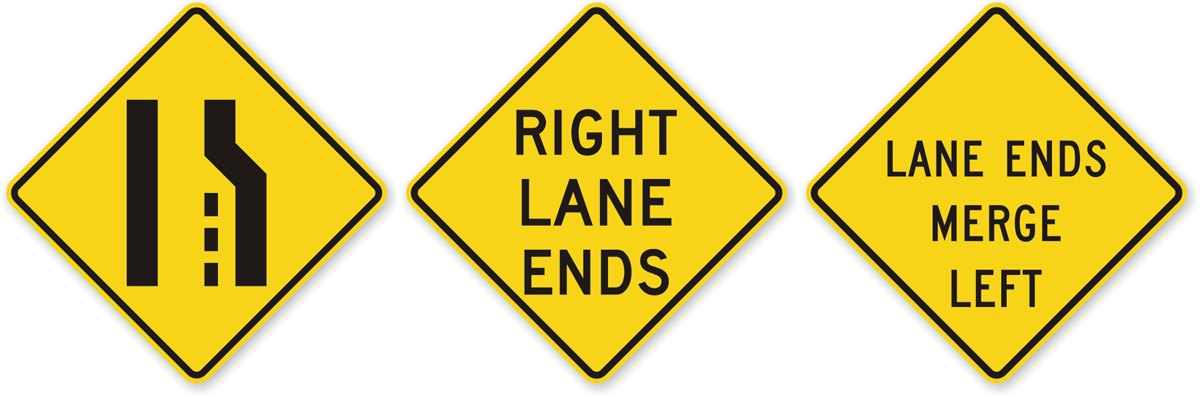Ontario's
rules of the road are clear:
Any vehicle travelling at less than the normal speed of travel should drive in the right-hand lane. Similar laws apply in
British Columbia,
Alberta and other provinces.
So why do people drive slowly in the passing lane? Why do they crawl along in the middle lane of a three-lane artery?
Part of the answer is
overconfidence: Drivers rarely think that they drive too slowly. One
classic article found that 93 per cent of Americans studied believed that they were more skillful than the typical driver, and 88 per cent considered themselves to be safer than average.
British researchers found that most people believed that they were good at driving at the appropriate speed – but rated other drivers as adequate at best.
Overconfidence persists because of the absence of feedback (as analyzed
here). The kinds of accidents that would cause people to seriously rethink their driving ability are blessedly rare. Hence people succumb to what I call Greypower logic: I'm 50 or older with a good driving record, therefore I must be a good driver. In fact, a lot of people with years of accident-free driving are mediocre drivers who just got lucky.
The feedback problem is exacerbated by the ways that cars isolate us from others, as described by Tom Vanderbilt in his book
Traffic. When someone causes traffic delays in a grocery store aisle, others ask him to move, and he quickly gets the message that his behaviour is inappropriate. But in a car it's harder to read other people's signals. Is that person honking me because I'm driving slowly, or because there's something wrong with my car, or because he's a total idiot who has no idea how to drive? Because we all suffer from something psychologists call
confirmation bias, we interpret evidence in a way that confirms our preconceived ideas about the world – and our faith in our driving ability.
Since no one believes that they drive slowly, a "slow traffic keep right" rule inevitably leads to left-lane blockers and clogged middle lanes.
There is an alternative: a keep-right code requiring all traffic, and not just slow traffic, to stay in the right-hand lane where possible. For example, the
Ontario Driver's Handbook recommends that drivers keep in the right-hand lane unless they want to pass another vehicle – but it seems that some people have not read the handbook.
Persuasive advertising might convince people that driving in the right-hand lane and swift, no-nonsense passing is good driving, and indeed good manners.
Coercion is another option. On
U.K. motorways, drivers are required to stay out of the passing lanes, except when overtaking another vehicle. A number of
U.S. states have adopted similar keep right laws. In
Maine, for example, a driver may use the middle or left-hand lane when overtaking and passing another vehicle, "but must return to the right-hand lane at the earliest opportunity."
Such laws are not uniformly popular. Former Florida governor Jeb Bush vetoed that state's
Road Rage Reduction Act, which would have penalized people for driving slowly in the left-hand lane. His reasoning was that the law would "provide relief for those traveling at high rates of speed, or possessed of emotional intemperance, at the expense of cautious and careful drivers."
I suspect Canadian drivers would not appreciate being ordered to drive in the right-hand lane either. Those lanes are frequently full of trucks. Merging incoming traffic is a hazard for the unwary, and necessitates quick lane changes. As long as our highways' right-hand lanes are unpleasant or difficult to drive in, people will avoid them.
If the basic cause of bad driving is inadequate feedback, then the solution is better feedback: accurate, real-time information on the quality of a person's driving and the road conditions. The truth about one's driving may hurt, but collisions hurt more.





